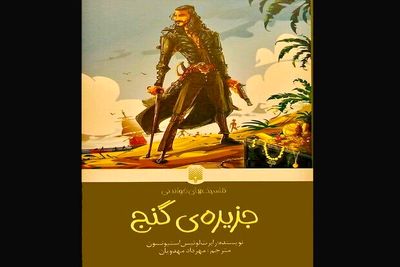Originally titled “The Sea Cook: A Story for Boys”, the novel tells the story of “buccaneers and buried gold.” It is considered a coming-of-age story and is noted for its atmosphere, characters and action.
First published as a book on May 23, 1883, it was originally serialized in the children’s magazine Young Folks between 1881 and 1882 under the title “Treasure Island” or, the mutiny of the Hispaniola with Stevenson adopting the pseudonym Captain George North.
Treasure Island is a tale noted as a wry commentary on the ambiguity of morality – as seen in Long John Silver – unusual for children’s literature.
It is one of the most frequently dramatized of all novels. The influence of “Treasure Island” on popular perceptions of pirates is enormous, including such elements as treasure maps marked with an “X”, schooners, the Black Spot, tropical islands, and one-legged seamen bearing parrots on their shoulders.
Stevenson was also a poet and travel writer, and a leading representative of English literature. He was greatly admired by many authors, including Jorge Luis Borges, Ernest Hemingway, Rudyard Kipling and Vladimir Nabokov.
Most modernist writers dismissed him, however, because he was popular and did not write within their narrow definition of literature.
It is only recently that critics have begun to look beyond Stevenson’s popularity and allow him a place in the Western canon.
Source:Tehran Times

